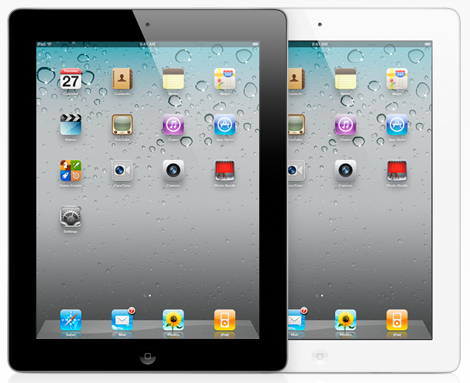We’ve all been wondering why the plethora of other tablets out there haven’t been selling as well as the iPad. Android tablets abound, and seemingly hopeful slates, like the Motorola Xoom, don’t even come close to the iPad’s sales.
Apparently, the magic is in the process. Apple’s tight control over the iPad’s hardware and software gives the iPad an unmatched advantage in “design efficiences” that other manufacturers can’t copy — no matter how hard they try.
Wayne Lam, an analyst from iSuppli, explains:
“These efficiencies become obvious in areas like the memory and the battery, where Apple maintains advantages in cost, space savings and performance compared with every competitor in the business.”
Other tablet makers employ operating systems from third-party firms—such as Google Inc., which provides the Android software used in most competitive products on the market today. Many of these tablet makers also outsource the blueprints of their products to third parties, employing reference designs and design services from contract manufacturers.
This contrasts with the model employed by Apple, which uses its own operating system and maintains tight control of its design, components and contract manufacturers.”
When comparing specs between Android tablets and the iPad, Lam argues that Apple’s manufacturing process should be considered. Because Apple controls its products from conception to assembly, it doesn’t need to have such high performance hardware to match its software — the software is written specifically for Apple’s own, custom built hardware. This affords Apple the upper hand in terms of hardware efficiency.
“In the current-generation iPad 2, the density of synchronous dynamic random access memory (SDRAM) is 512 megabytes—half that of the 1 gigabtye used in competitive designs… Likewise, the original iPad contained half as much SDRAM as comparable competitive devices with single-core applications processors.
“The iPad’s efficient memory usage stems from the fundamental difference in the architecture of the operating system,” Lam said. “Apple’s iOS handles multitasking differently than other tablet operating systems, allowing it to reduce the amount of memory required to support the microprocessor.”
Apple has been known to aggressively go after third party suppliers for exclusive deals on cheaper parts months before other competitors can close a deal, and the company’s streamlined method of production shines through in products like the iPad 2.
In the end, Apple designs the software and hardware from start to finish. Not only that, but Apple controls its own sales tightly through its own retail and partner channels. From start to finish, Apple maintains control of everything. That control creates an experience that can’t be matched.
[tube]http://www.youtube.com/watch?v=v_gQHtXsLtU[/tube]\
